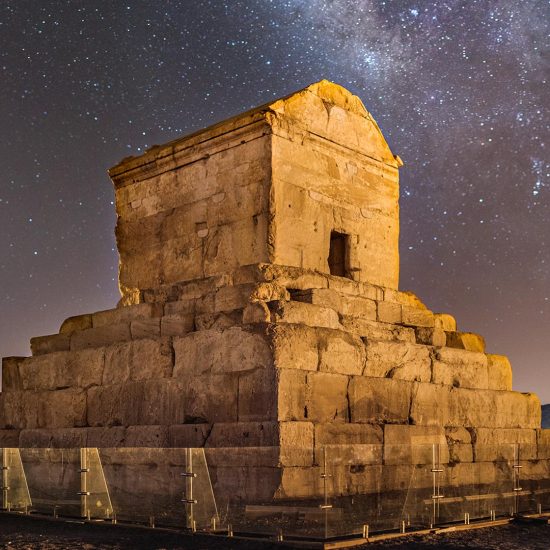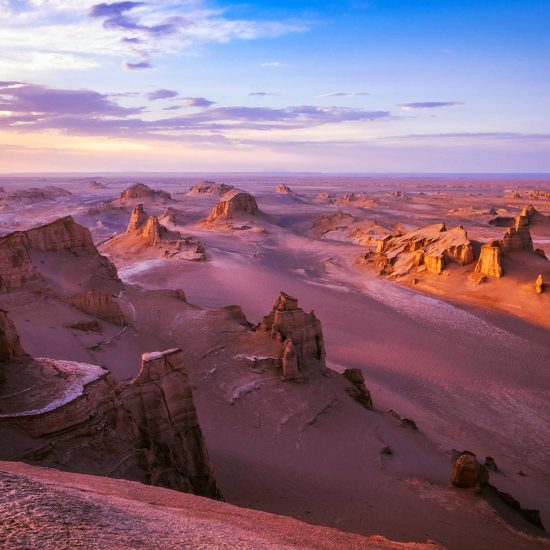
Niavaran Palace Complex, Tehran
History of Niavaran Palace
The origins of Niavaran Garden date back to the Qajar era, when Fath-Ali Shah commissioned it as a summer retreat. Later, during the reign of Naser al-Din Shah, the Sahebqaraniyeh Palace was added to the estate.
In the 1960s, Mohammad Reza Shah Pahlavi ordered the construction of a new royal residence—Niavaran Palace—which was completed in 1968 and served as the primary residence for the royal family until the 1979 Revolution.
Architectural Highlights
- Architect: Mohsen Foroughi
- Style: Fusion of modern architecture with Persian decorative arts
- Notable Feature: A retractable aluminum roof designed to open on special occasions
- Interior Design: Stucco and plaster by Master Abdollahi, mirrorwork by Master Ali-Asghar, tilework by Master Kazempour
Main Sections of the Complex
- Niavaran Private Palace
The main residence of the Pahlavi royal family, featuring luxurious décor, European furniture, and royal memorabilia. - Sahebqaraniyeh Palace
A 19th-century Qajar-era building with rich stucco, colored glass, and historical charm. - Ahmad Shahi Pavilion
A charming two-story pavilion once used by Crown Prince Ahmad Shah. - Jahan Nama Museum
A collection of artworks from Iranian and international artists, curated during the 1970s. - Private Library
Housing over 23,000 books, this library belonged to Farah Pahlavi and reflects her interest in literature and culture.
Visiting Information
- Location: Niavaran Square, Shemiranat, Tehran, Iran
- Opening Hours: Daily from 9:00 AM to 5:00 PM (closed on public holidays)
- Entrance Fee: Varies by section; tickets sold separately for each museum/building
- How to Get There: Accessible via Tajrish Metro Station and local taxis; parking is available
Visitor Tips
- Photography is restricted in some areas—watch for signage
- Allow at least 2–3 hours for a full tour of the complex
- Spring and autumn are ideal seasons to enjoy the garden at its most scenic
Why Visit Niavaran Palace?
Niavaran Palace Complex offers a deep dive into Iran’s royal history, Persian artistry, and modern design evolution.
From the lavish interiors to the tranquil gardens, the complex presents a fascinating portrait of life under the Qajar and Pahlavi dynasties.
Whether you’re a history enthusiast, architecture lover, or cultural traveler, a visit to Niavaran will enrich your understanding of Iran’s 20th-century legacy.


